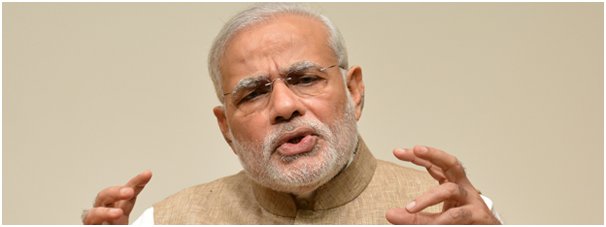05/21/2015
India / GDP

India has seen a surge in foreign direct investment, but substantial reform needs to be undertaken to help the economy reach levels close to that of regional peers.
The rise in foreign direct investment (FDI) into India last year, along with strong portfolio flows and a narrower current account deficit, put funding fears to rest.
On a balance of payments basis, net FDI into India totalled US$34 billion (1.7% of GDP) in the 2014/15 fiscal year, up more than half from the year before. Despite this notable rise, India corners less than 3% of global FDI flows and is dwarfed by most regional peers where the trend was closer to 3%-5% of GDP (except Singapore and Hong Kong which run in excess of 20%) in 2013.
The government’s business friendly approach is expected to give a boost to FDI inflows in the quarters ahead, with affirmative policy initiatives already underway. FDI ceilings have been raised for a few key sectors, including insurance, defence, retail, railways, etc.
On the operational end, the finance ministry has proposed forming a single window for FDI investors, centralising approvals under the Foreign Investment Promotion Board. The ministry also added that it had expedited the clearance of over 70% of the proposals tabled last year. There has also been an emphasis on forging deeper ties with international counterparts, as demonstrated by Prime Minister Narendra Modi’s recent visit to China and South Korea. Reports point to over US$30 billion in investment deals penned with these economies, including private sector agreements and infrastructure funding commitments.
While the potential is enormous, in order to convert foreign interests into material investment inflows there is need for concrete changes on the ground. The lifting of FDI ceilings is only the first step in a long process, where equal emphasis needs to be given to a timely, unified and non-adversarial process for approval and clearances. Structural gaps including infrastructure, logistical support and power availability also need to be ironed out. Incremental changes are underway but to get the larger goals of land acquisition, access to labour, clarity on taxation and getting exit procedures sorted is likely to take beyond a couple of years.
Over the longer-term, it is preferable for the economy to shift away from overreliance on capital flows and instead encourage non-debt creating inflows like FDI which have larger multiplier benefits for growth, incomes and job creation.




